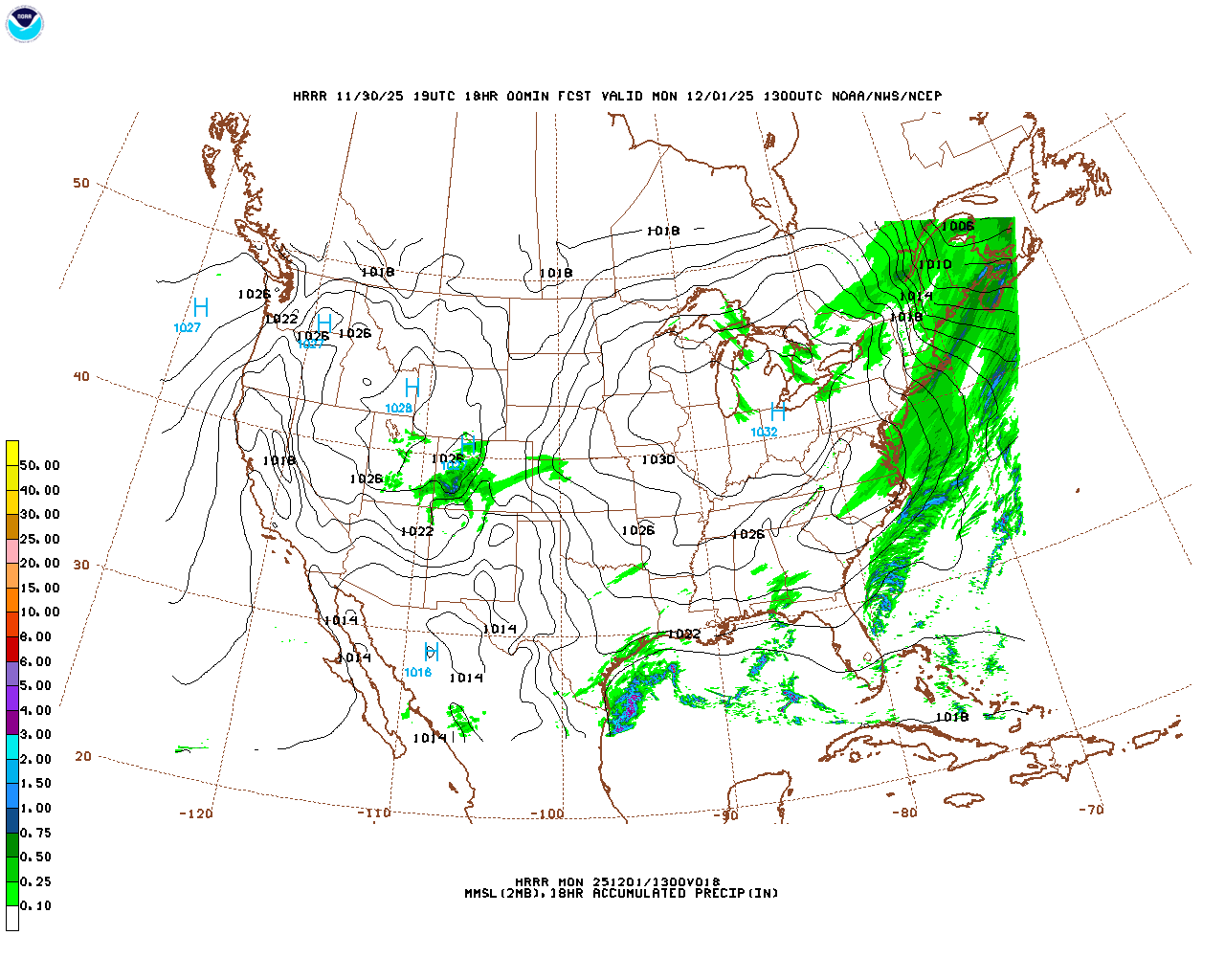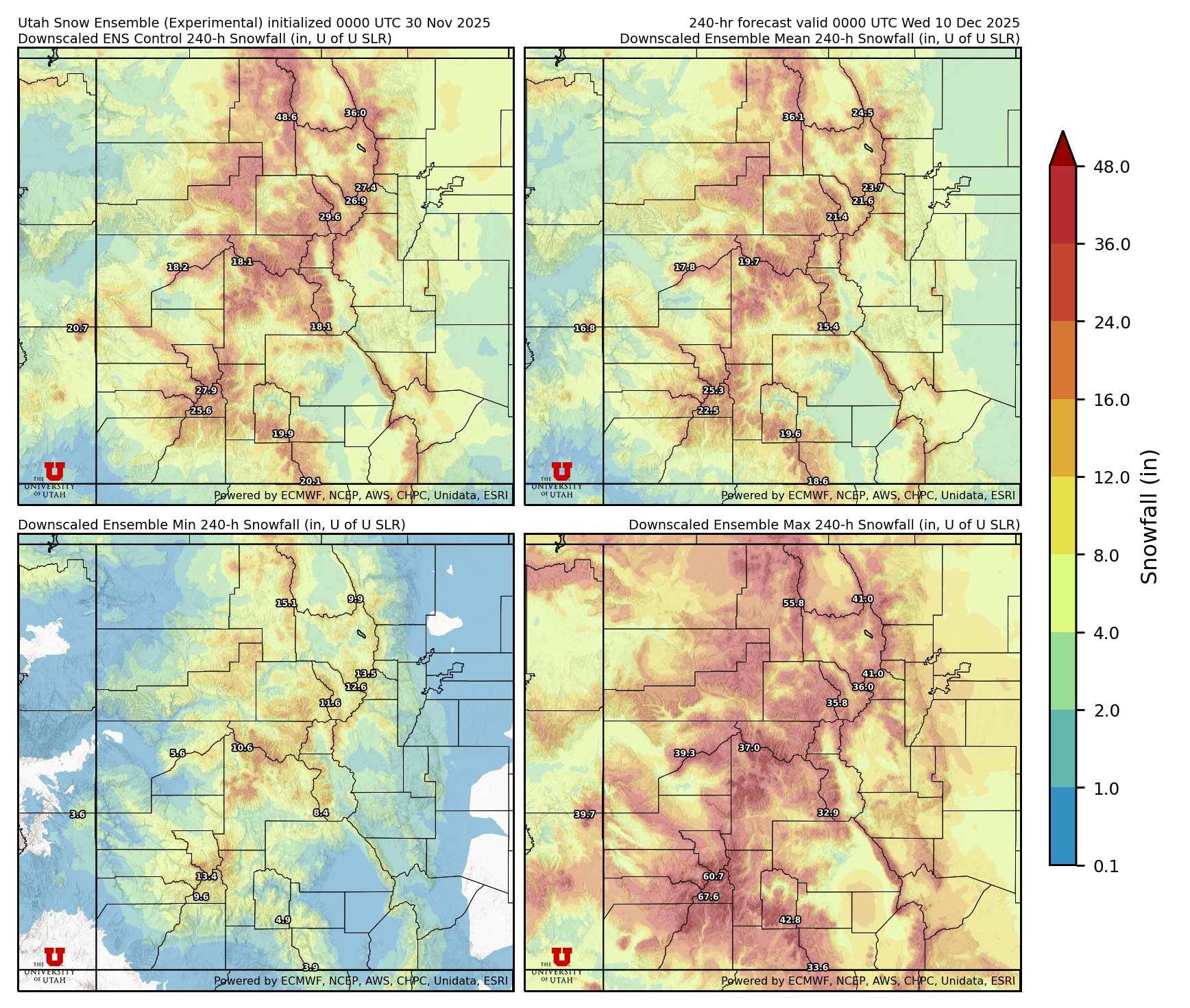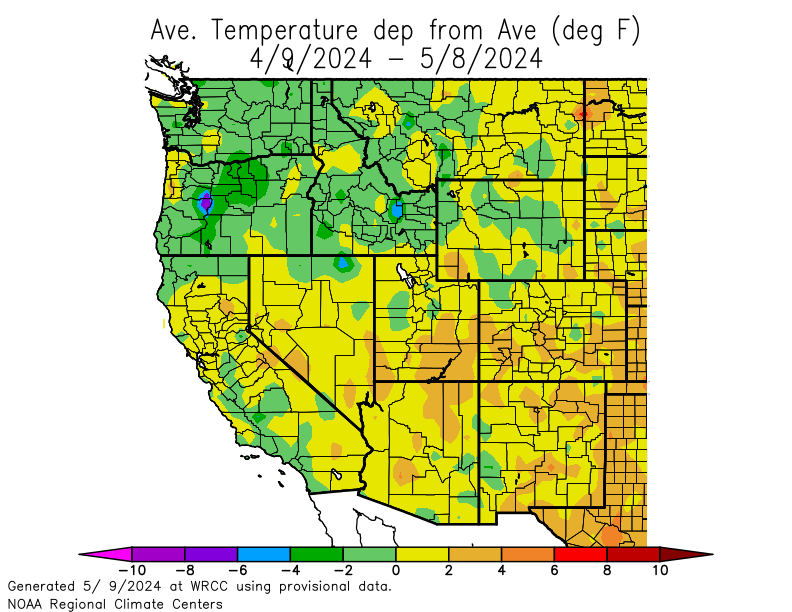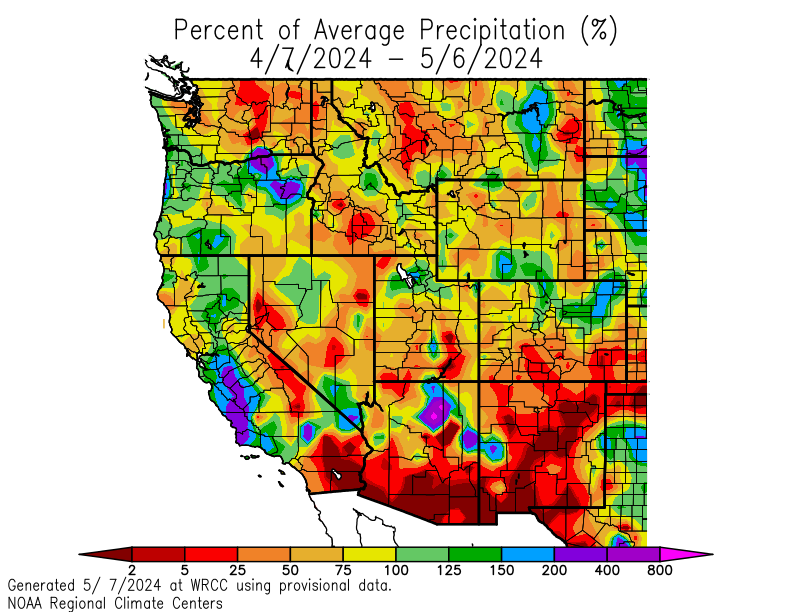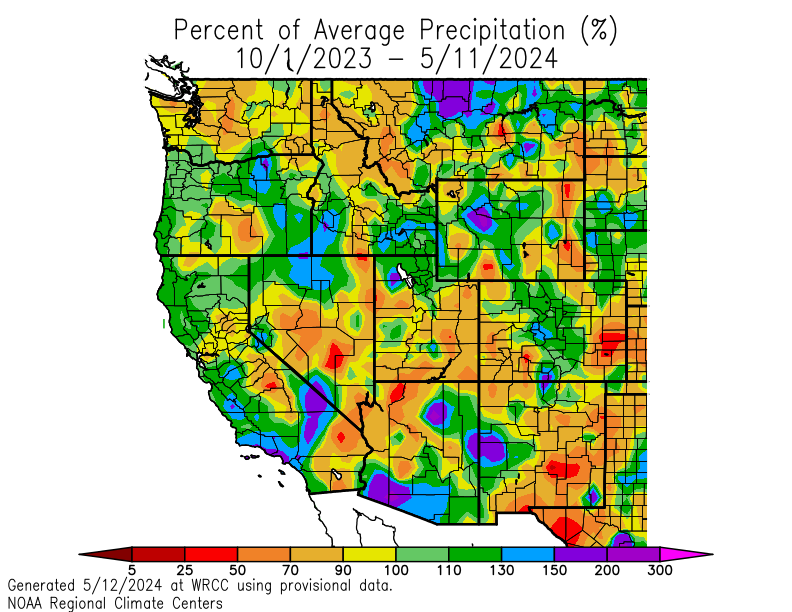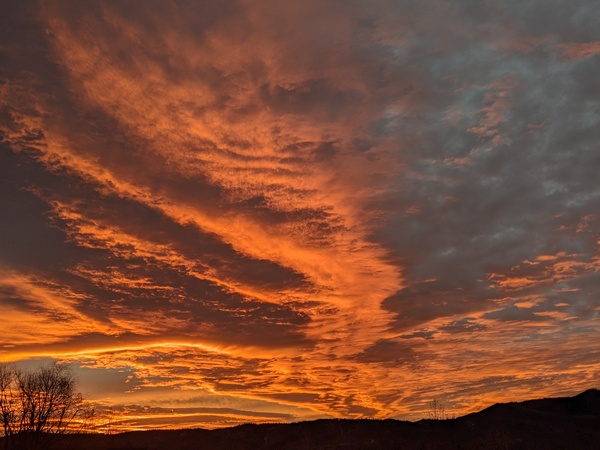Welcome to SnowAlarm
...don‘t miss another powder day!
Thanks for visiting the original... since 2001!
Current Weather
in Steamboat Springs
at the Bob Adams airport
as of 2:15 pm Sun, 30 Nov 2025 MST
as of 2:15 pm Sun, 30 Nov 2025 MST
Temp: 28 F RH: 100%
High: 28 F (12:15 pm)
Low: 14 F (3:15 am)
Wind: W 7
Max: 13 mph (9:15 am)
at the top of Steamboat
as of 2:20 pm Sun, 30 Nov 2025 MST
Temp: 16 F RH: 100%
High: 19 F (8:25 am)
Low: 12 F (12:00 am)
Wind: NW 9 Gust: 11 mph
Max: 23 mph (8:40 am)
Gust: 36 mph (5:10 am)
Weather Forecast
for Steamboat Springs
as of 2:21 pm Sun, 30 Nov 2025 MST
Mon
Dec 01
 High: 25 F
High: 25 F
Low: 6 FTue
Dec 02
 High: 31 F
High: 31 F
Low: 13 FWed
Dec 03
 High: 32 F
High: 32 F
Low: 14 F
Winners of the day
What is SnowAlarm?
Free wake-up alarms to your phone
Free real-time snow & weather information
Why SnowAlarm is the best!
Forecasts: Weather forecasts for Steamboat
SnowAlarms: Personalized email & cell phone alerts
Morning Reports: Latest ski area snow reports before 10 am
Ski Reports: Current ski area snow reports
Web Cams: Ski area, town and highway movies
Weather Data: Satellite, radar, surface & text data
Model Data: Numerical weather prediction
SnowAlarms: Personalized email & cell phone alerts
Morning Reports: Latest ski area snow reports before 10 am
Ski Reports: Current ski area snow reports
Web Cams: Ski area, town and highway movies
Weather Data: Satellite, radar, surface & text data
Model Data: Numerical weather prediction
Latest Steamboat Weather Forecast
Storms today and midweek to be accompanied by cold temperatures ~30 Nov
Snow showers have already started late this Sunday morning at the top of the Steamboat Ski Resort, where...more
Snows to finally arrive and bookend the weekend ~27 Nov Temperatures are in the upper thirties with overcast skies on this Thanksgiving noon in Steamboat Spring...more
Cold front to arrive Monday night with meager snow chances through midweek ~23 Nov Temperatures are approaching forty degrees in the town of Steamboat Springs and freezing at the top of t...more
Latest PowderCam & Local Weather Movies
updated 2:21 pm Sun 30 Nov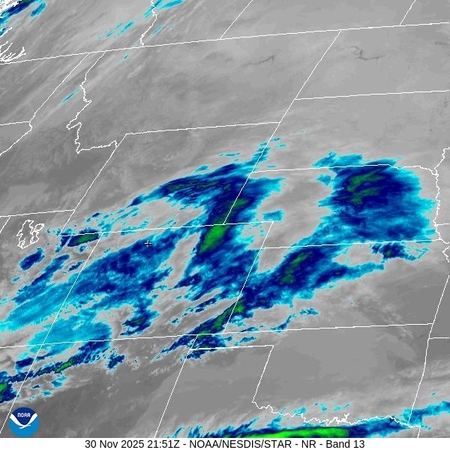
 Northern Rockies satellite movie
Northern Rockies satellite movie
 Northern Rockies satellite movie
Northern Rockies satellite movieupdated 2:21 pm Sun 30 Nov
 Colorado radar movie
Colorado radar movie
 Colorado radar movie
Colorado radar movieLocal Temperatures, Winds & Precipitation
From Bob Adams airport:
Temp: 28 F Rel. Hum. 100%
Loading Steamboat Springs temp timeseries

Today: High: 28 F (12:15 pm)
Low: 14 F (3:15 am)
Yesterday: High: 31 F (2:35 pm) Low: 13 F (11:15 pm)
2 days ago: High: 41 F (2:15 pm) Low: 0 F (9:35 pm)
Yesterday: High: 31 F (2:35 pm) Low: 13 F (11:15 pm)
2 days ago: High: 41 F (2:15 pm) Low: 0 F (9:35 pm)
Wind: W 7
Loading Steamboat Springs wind timeseries

Today: Max: 13 mph (9:15 am)
Yesterday: Max: 16 mph (3:55 am) Gust: 23 mph (3:55 am)
2 days ago: Max: 14 mph (5:35 pm) Gust: 25 mph (5:35 pm)
Yesterday: Max: 16 mph (3:55 am) Gust: 23 mph (3:55 am)
2 days ago: Max: 14 mph (5:35 pm) Gust: 25 mph (5:35 pm)
Temp: 16 F RH: 100%
Storm Peak Lab: 2:20 pm Sun, 30 Nov 2025 MST
Wind: NW 9 Gust: 11 mph
Storm Peak Lab: 2:20 pm Sun, 30 Nov 2025 MST (10 m wind)
Storm Peak Lab: 2:20 pm Sun, 30 Nov 2025 MST (12 m wind)
Precipitation Forecasts
Latest precipitation forecast - Storm Peak
Shown is the forecast precipitation for the next two days for the top of the Steamboat Ski Resort.
Meteorologists love to see how the forecast changes between successive model runs, so take advantage of my unique Previous forecast / Next forecast navigation at the bottom of the image. Careful - scales may change between forecasts.
Meteorologists love to see how the forecast changes between successive model runs, so take advantage of my unique Previous forecast / Next forecast navigation at the bottom of the image. Careful - scales may change between forecasts.
updated
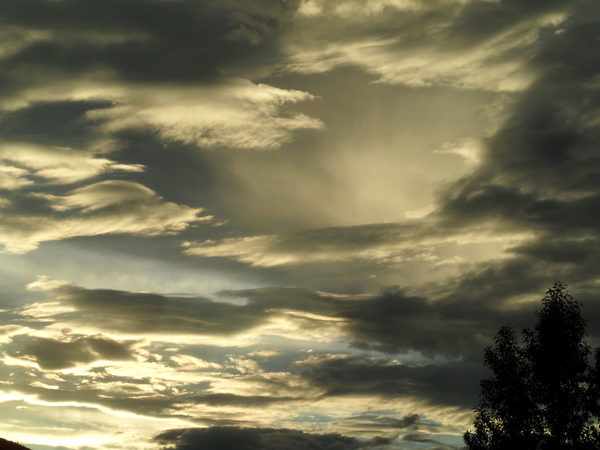
Latest weather forecast - Storm Peak
Shown is the forecast precipitation for the next two days for the top of the Steamboat Ski Resort.
Meteorologists love to see how the forecast changes between successive model runs, so take advantage of my unique Previous forecast / Next forecast navigation at the bottom of the image. Careful - scales may change between forecasts.
Meteorologists love to see how the forecast changes between successive model runs, so take advantage of my unique Previous forecast / Next forecast navigation at the bottom of the image. Careful - scales may change between forecasts.
updated 2:03 pm Sunday 30 Nov MST
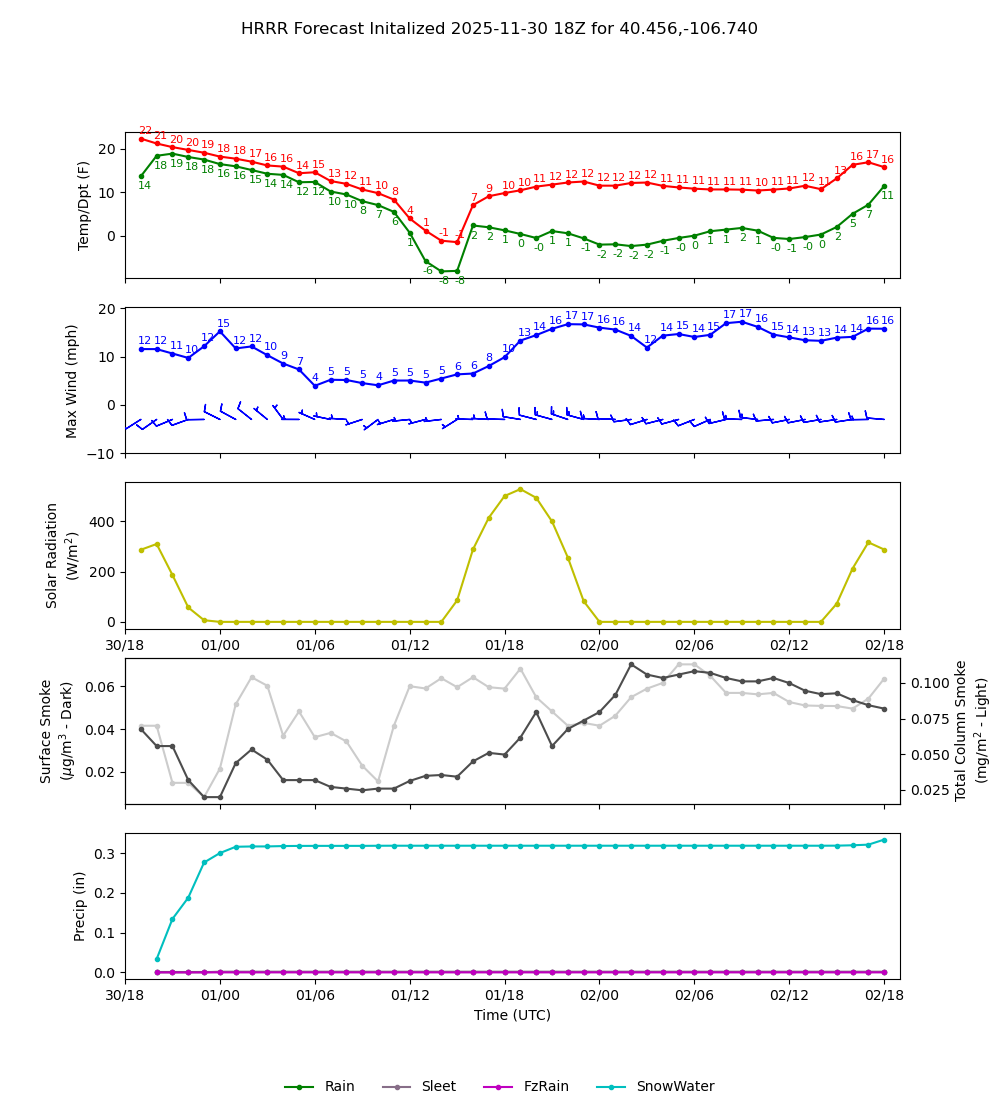
Latest precipitation forecast - Steamboat Springs
Shown is the forecast precipitation for the next two days for Steamboat Springs.
Meteorologists love to see how the forecast changes between successive model runs, so take advantage of my unique Previous forecast / Next forecast navigation at the bottom of the image. Careful - scales may change between forecasts.
Meteorologists love to see how the forecast changes between successive model runs, so take advantage of my unique Previous forecast / Next forecast navigation at the bottom of the image. Careful - scales may change between forecasts.
updated

Latest weather forecast - Steamboat Springs
Shown is the forecast precipitation for the next two days for Steamboat Springs.
Meteorologists love to see how the forecast changes between successive model runs, so take advantage of my unique Previous forecast / Next forecast navigation at the bottom of the image. Careful - scales may change between forecasts.
Meteorologists love to see how the forecast changes between successive model runs, so take advantage of my unique Previous forecast / Next forecast navigation at the bottom of the image. Careful - scales may change between forecasts.
updated 1:44 pm Sunday 30 Nov MST
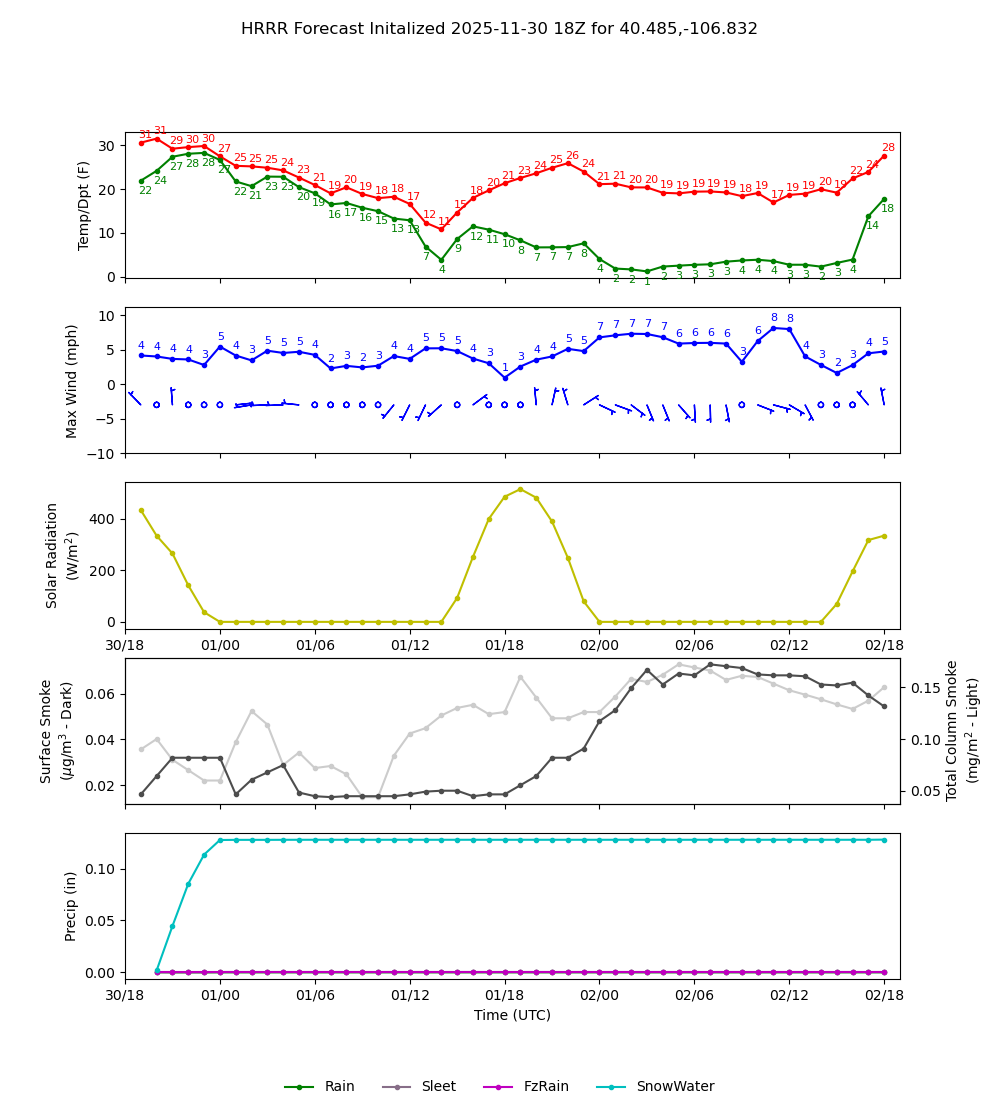
Ensemble Forecasts
Weather forecast uncertainty lies in the chaotic nature of the atmosphere and in the imperfect representation of the atmosphere in numerical weather forecast models. Instead of making a single prediction of the most likely future weather, a set or ensemble of forecasts are produced to give an indication of the range of possible future states of the atmosphere. Ideally, the verified future atmospheric state should fall within the predicted ensemble spread, and the amount of spread should be related to the uncertainty (error) of the forecast.
Additionally, data are downscaled in order to increase the detail or resolution of the forecast. In this case, downscaling is the process of establishing statistical relationships between the large-scale model-predicted variables and small-scale local variables.
Meteorologists love to see how the forecast changes between successive model runs, so take advantage of my unique Previous forecast / Next forecast navigation at the bottom of the image. Careful - scales may change between forecasts.
Additionally, data are downscaled in order to increase the detail or resolution of the forecast. In this case, downscaling is the process of establishing statistical relationships between the large-scale model-predicted variables and small-scale local variables.
Meteorologists love to see how the forecast changes between successive model runs, so take advantage of my unique Previous forecast / Next forecast navigation at the bottom of the image. Careful - scales may change between forecasts.
Latest Utah Snow Ensemble Snow
The Utah Snow Ensemble is an 82-member ensemble for predicting snow over the contiguous western United States based on the ECMWF ensemble (ENS) and the US National Centers for Environmental Prediction Global Ensemble Forecast System (GEFS), with 51 members coming from the ENS and 31 from the GEFS. The forecasts are provided in 6-h intervals out to 240 hours (10 days). A summary of the data and methods and graphics is provided below.
Shown is the forecast snow for the next 10 days (240 hours) for most of the state of Colorado. The color scales are printed to the left of each panel.
Meteorologists love to see how the forecast changes between successive model runs, so take advantage of my unique Previous forecast / Next forecast navigation at the bottom of the image. Careful - scales may change between forecasts.
Shown is the forecast snow for the next 10 days (240 hours) for most of the state of Colorado. The color scales are printed to the left of each panel.
Meteorologists love to see how the forecast changes between successive model runs, so take advantage of my unique Previous forecast / Next forecast navigation at the bottom of the image. Careful - scales may change between forecasts.
updated 4:43 am Sunday 30 Nov MST
Latest Utah Snow Ensemble Precipitation
The Utah Snow Ensemble is an 82-member ensemble for predicting snow over the contiguous western United States based on the ECMWF ensemble (ENS) and the US National Centers for Environmental Prediction Global Ensemble Forecast System (GEFS), with 51 members coming from the ENS and 31 from the GEFS. The forecasts are provided in 6-h intervals out to 240 hours (10 days). A summary of the data and methods and graphics is provided below.
Shown is the forecast liquid water for the next 10days (240 hours) for most of the state of Colorado. The color scales are printed to the left of each panel.
Meteorologists love to see how the forecast changes between successive model runs, so take advantage of my unique Previous forecast / Next forecast navigation at the bottom of the image. Careful - scales may change between forecasts.
Shown is the forecast liquid water for the next 10days (240 hours) for most of the state of Colorado. The color scales are printed to the left of each panel.
Meteorologists love to see how the forecast changes between successive model runs, so take advantage of my unique Previous forecast / Next forecast navigation at the bottom of the image. Careful - scales may change between forecasts.
updated 4:43 am Sunday 30 Nov MST
Latest Utah Snow Ensemble Plumes for Storm Peak Lab
The Utah Snow Ensemble is an 82-member ensemble for predicting snow over the contiguous western United States based on the ECMWF ensemble (ENS) and the US National Centers for Environmental Prediction Global Ensemble Forecast System (GEFS), with 51 members coming from the ENS and 31 from the GEFS. The forecasts are provided in 6-h intervals out to 240 hours (10 days). A summary of the data and methods and graphics is provided below.
Shown is the forecast snow for the next 10 days (240 hours) for most of the state of Colorado. The color scales are printed to the left of each panel.
Plumes refer to a time series of each model run at a specific loaction, in this case the precipitation forecast for the Storm Peak Lab near the top of Mt. Werner. Generally, mid-mountain snowfall at the Steamboat Ski Area is about 3/4 of the summit snowfall.
Times on the bottom axis are in UTC, or Coordinated Universal Time, which is the time at 0 degrees longitude. It used to be referred to as Zulu time, hence the Z designation in the charts, and does not adhere to daylight savings time, so it is 7 hours ahead of MST (0Z refers to 5pm MST the day before and 12Z refers to 5am) and 6 hours ahead of MDT.
Meteorologists love to see how the forecast changes between successive model runs, so take advantage of my unique Previous forecast / Next forecast navigation at the bottom of the image. Careful - scales may change between forecasts.
Shown is the forecast snow for the next 10 days (240 hours) for most of the state of Colorado. The color scales are printed to the left of each panel.
Plumes refer to a time series of each model run at a specific loaction, in this case the precipitation forecast for the Storm Peak Lab near the top of Mt. Werner. Generally, mid-mountain snowfall at the Steamboat Ski Area is about 3/4 of the summit snowfall.
Times on the bottom axis are in UTC, or Coordinated Universal Time, which is the time at 0 degrees longitude. It used to be referred to as Zulu time, hence the Z designation in the charts, and does not adhere to daylight savings time, so it is 7 hours ahead of MST (0Z refers to 5pm MST the day before and 12Z refers to 5am) and 6 hours ahead of MDT.
Meteorologists love to see how the forecast changes between successive model runs, so take advantage of my unique Previous forecast / Next forecast navigation at the bottom of the image. Careful - scales may change between forecasts.
updated 4:22 am Sunday 30 Nov MST
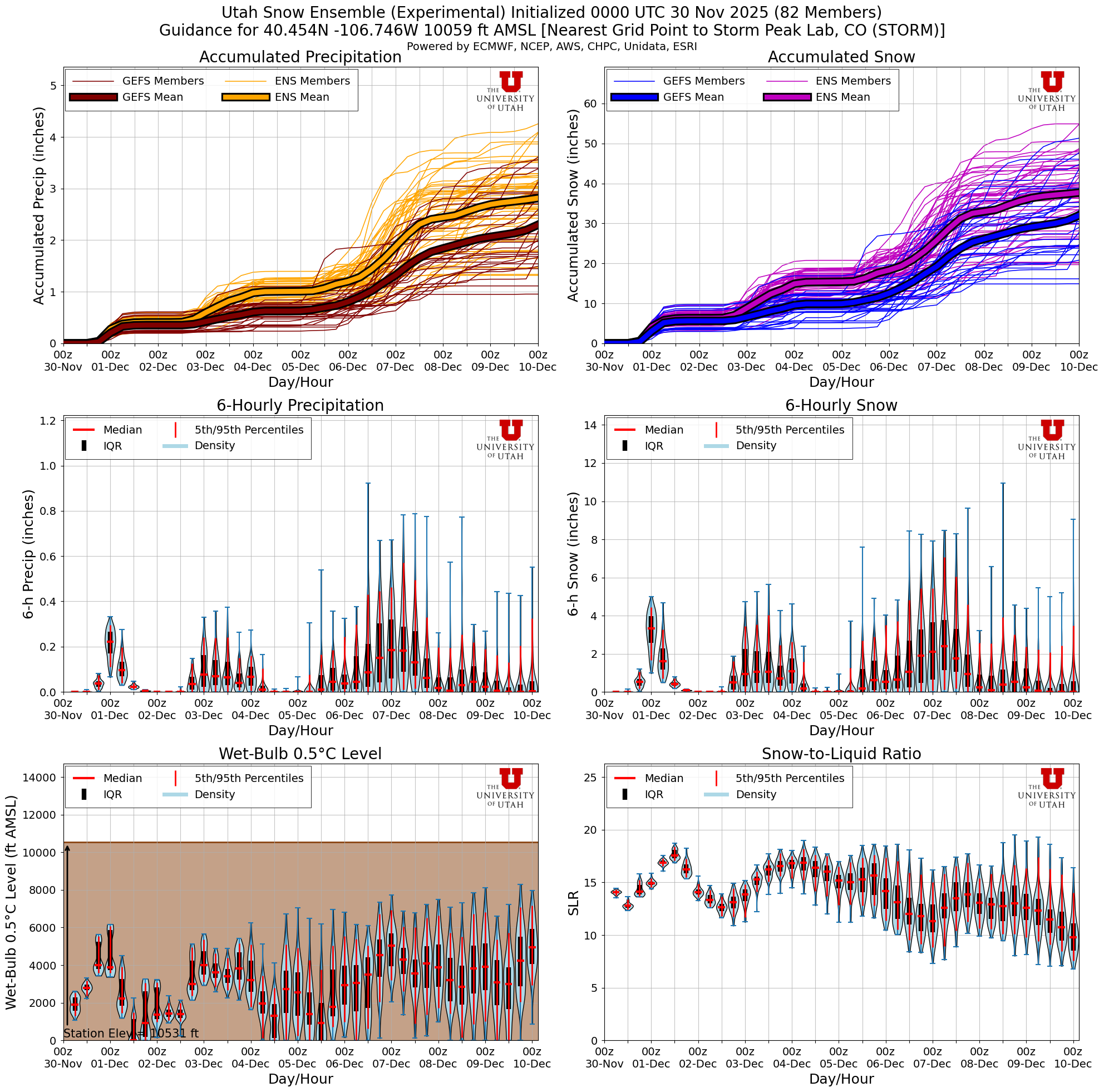
Latest Point Forecasts
Latest NAM Precipitation for Mt. Werner
Point forecast for the top of the Steamboat Ski Area on Mt Werner from the National Centers for Environmental Prediction (NCEP) North American Mesoscale Forecast System (NAM). Model output available every third hour.
All times local
Meteorologists love to see how the forecast changes between successive model runs, so take advantage of my unique Previous forecast / Next forecast navigation at the bottom of the image. Careful - scales may change between forecasts.
All times local
Meteorologists love to see how the forecast changes between successive model runs, so take advantage of my unique Previous forecast / Next forecast navigation at the bottom of the image. Careful - scales may change between forecasts.
updated 2:03 pm Sunday 30 Nov MST

Latest CAIC Precipitation for Mt. Werner
Point forecast for the top of the Steamboat Ski Area on Mt. Werner from the Colorado Avalanche Information Center
All times local
Meteorologists love to see how the forecast changes between successive model runs, so take advantage of my unique Previous forecast / Next forecast navigation at the bottom of the image. Careful - scales may change between forecasts.
All times local
Meteorologists love to see how the forecast changes between successive model runs, so take advantage of my unique Previous forecast / Next forecast navigation at the bottom of the image. Careful - scales may change between forecasts.
updated 1:23 pm Sunday 30 Nov MST
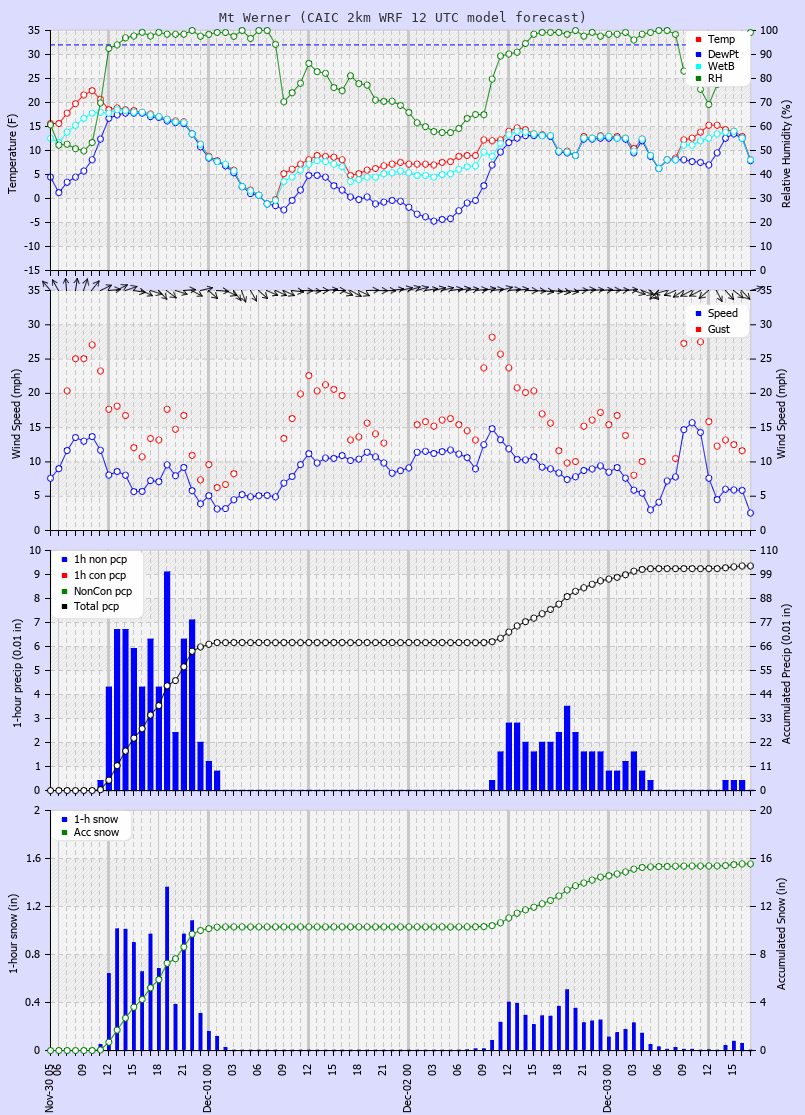
>
||
<


